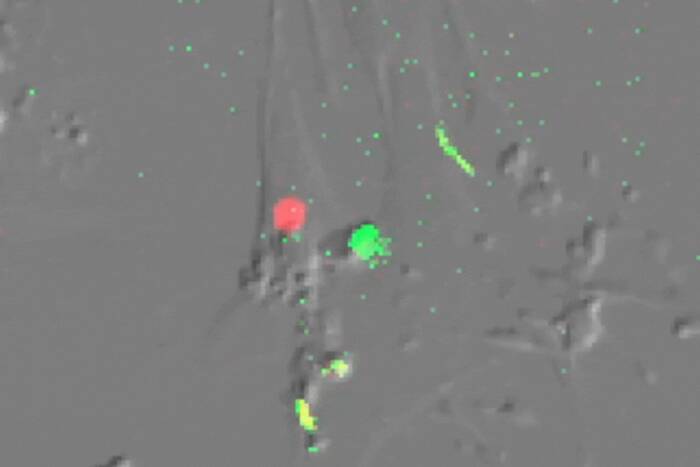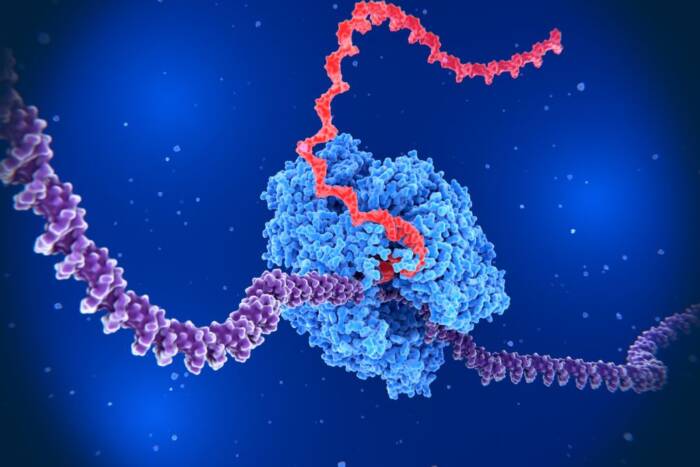Rockefeller researchers receive $10 million grant to study how molecules interact within cells
The National Center for Research Resources at the National Institutes of Health announced this week that Rockefeller’s Michael P. Rout will be a recipient of a five-year, $10 million grant to study how molecules interact with one another within and between cells.
The funds will go to establish a National Technology Center for Networks and Pathways, based at Rockefeller, which will develop new tools to investigate the dynamic interactome. Scientists from the University of California, San Francisco, and the Institute for Systems Biology in Seattle will collaborate with Rout on the research.
“Proteins are incredibly diverse in their abundance and their properties, making them highly versatile for the dynamic tasks at hand but at the same time exceptionally difficult to analyze,” says Rout, who is the head of the Laboratory of Cellular and Structural Biology at Rockefeller. “It is for these reasons that the proteomic revolution still lags behind the genomic revolution. Here, we seek to revolutionize proteomics by synergistically combining improvements in established techniques with new approaches to studying protein-protein interactions, known as the interactome.”
The newly funded center is part of the New Pathways of Discovery initiative from the National Institutes of Health’s Roadmap for Medical Research. Researchers funded through this initiative are focusing on the development of new technologies to accelerate discovery and facilitate comprehensive study of biological pathways and networks. One of the central components of such networks is the set of proteins encoded by an organism’s DNA, commonly referred to as the proteome.
Rout’s laboratory has focused on the nuclear pore complex. A massive complex of proteins, the nuclear pore complex serves as a checkpoint between the cell’s nucleus and the surrounding soupy cytoplasm inside the cell. Small molecules can freely enter and exit the nucleus through the nuclear pore complex, but larger proteins and RNA molecules are allowed entry selectively. In 2000, Rout and Rockefeller University’s Brian Chait, a leader in developing mass spectrometry techniques, published the first complete inventory of the proteins in the yeast nuclear pore complex, showing that just 30 proteins make up the structure. Since then, Rout and Chait have been collaborating with UCSF’s Andrej Sali, a structural biologist, to visualize what the nuclear pore complex looks like.
The goal of the team that Rout leads is to create new tools to study large complex macromolecular assemblies, such as the nuclear pore complex, and their dynamics. Because these assemblies are difficult to visualize using traditional methods, Rout and his team rely on computational methods to visualize their structures, allowing the team to study how specific sub-cellular assemblies interact with their neighboring molecules.
“Our goal is to enable the biomedical community to generate the kinds of detailed, dynamic representations of the interactions in the cell that will help elucidate the principles underlying all cellular processes, thus bridging the gaps between functional genomics, proteomics, and systems biology,” says Rout.
Joining Rout on this grant are Chait, Sali and ISB’s John Aitchison, who specializes in applying systems biology approaches to solving fundamental problems in cell biology.


